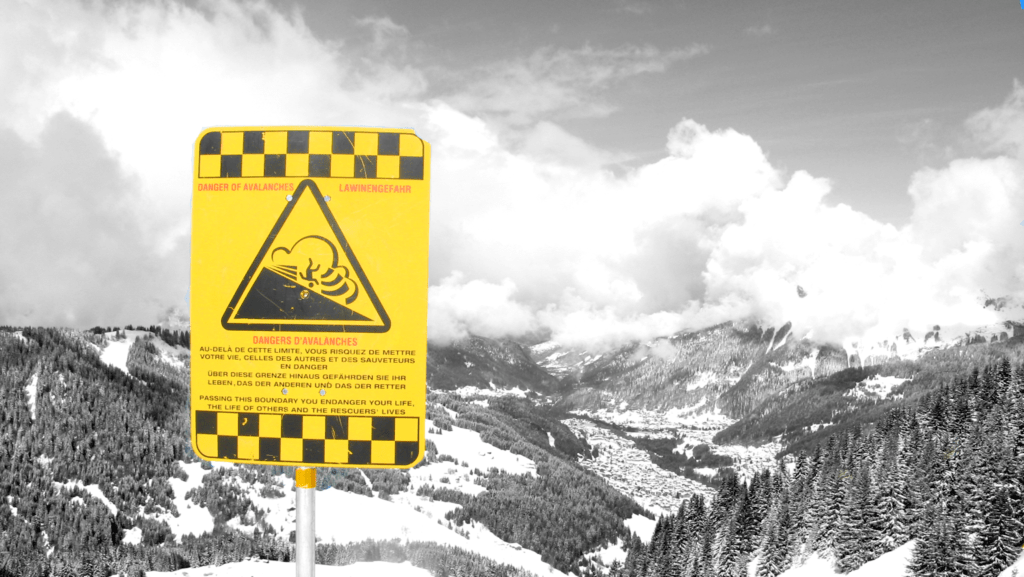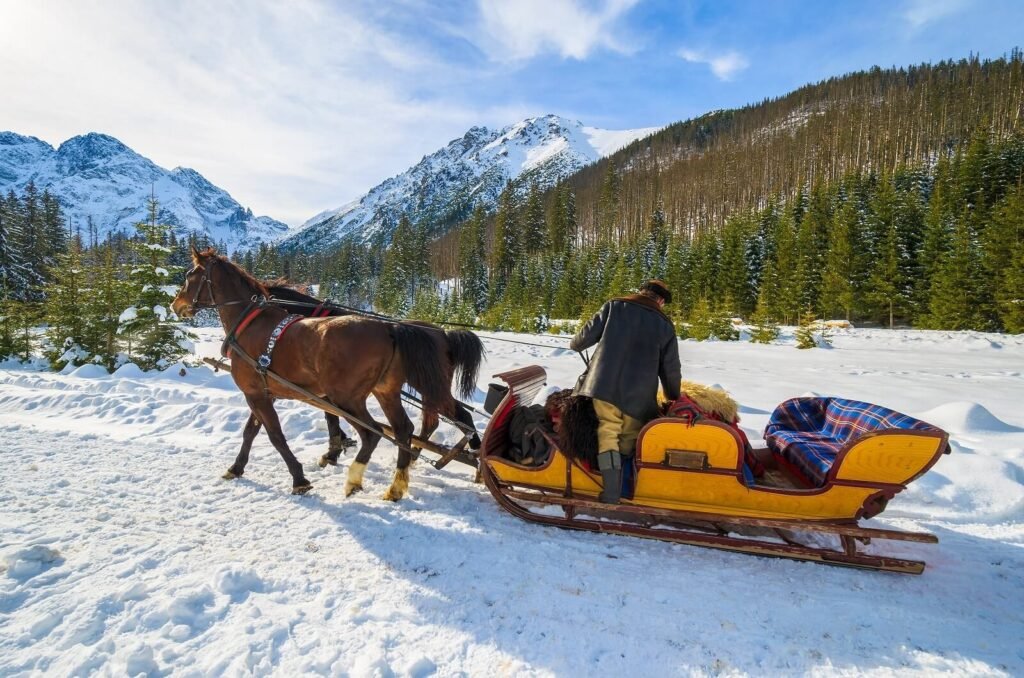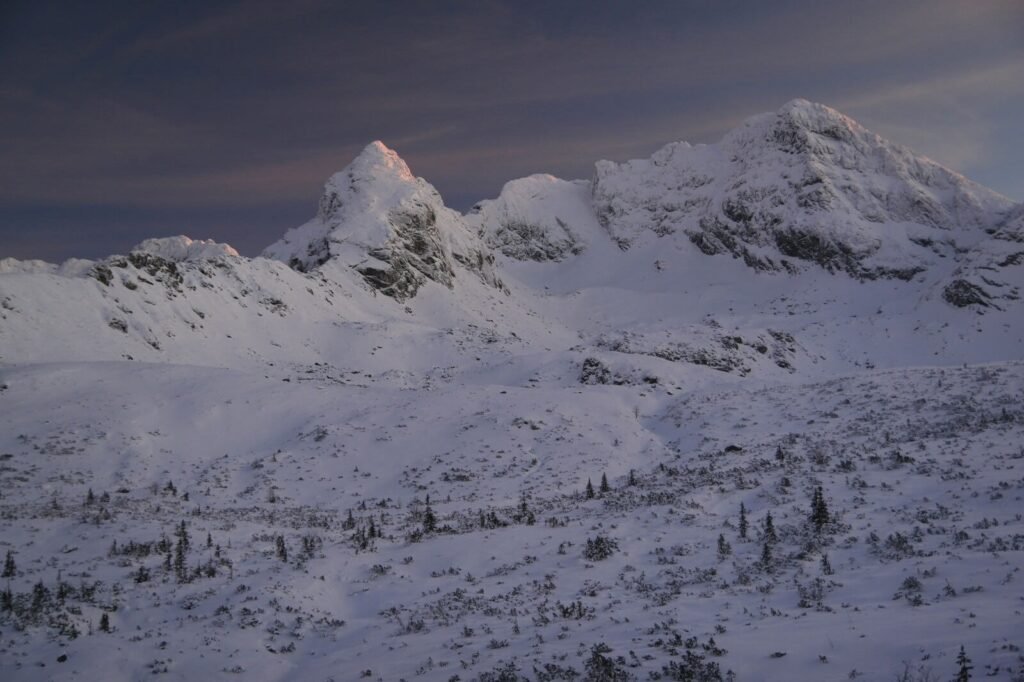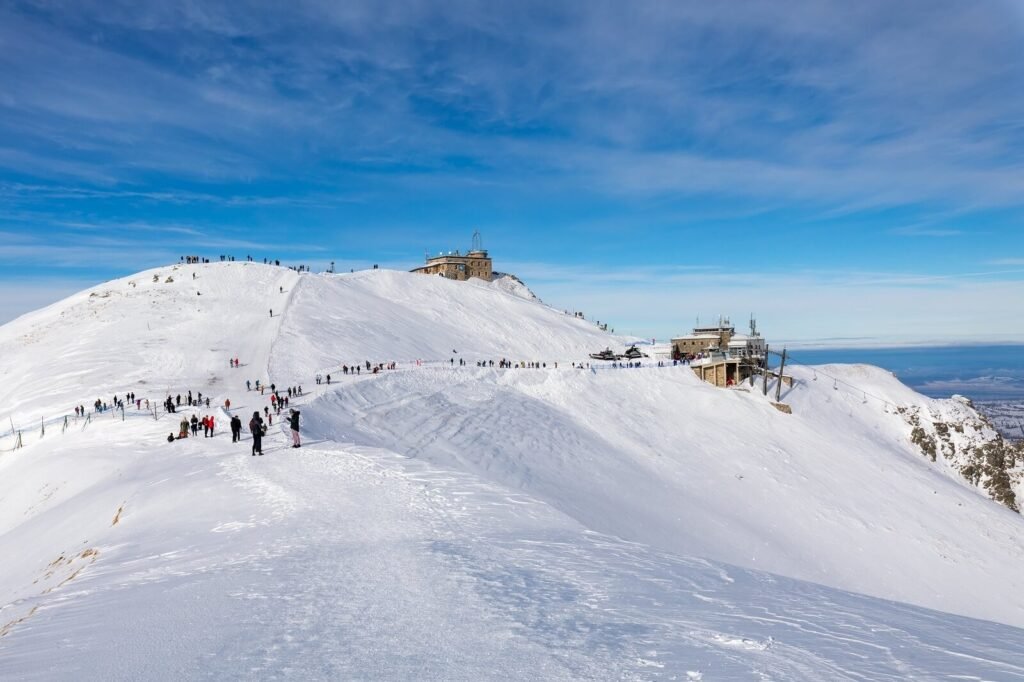
Avalanche Safety in Zakopane and the Tatra Mountains
Avalanche Safety in Zakopane and the Tatra Mountains There are over 100,000 yearly avalanches in the alps alone and avalanches account for over 150 deaths
So, we’re knocking £100 off every chalet. Bansko & Zakopane ski holidays now from £149! ⏳🏔️
Zakopane is widely known as Poland’s winter capital and offers excellent opportunities for skiing, both on and off-piste. More importantly, the ski resort is a perfect base for veteran skiers to venture into the Polish Tatras and enjoy ski touring in pristine nature.
In this quick guide, you’ll find everything necessary to explore the best of what the Polish Tatra mountains offer. We’ll go over the basics of ski touring, how to enjoy it safely, and the best routes to take from Zakopane.

Zakopane – Poland’s winter capital
You must figure out many logistics before setting foot on the mountain. However, the better you prepare, the more you can enjoy your ski holiday, specifically your ski touring experience. You can check out our ultimate guide to skiing in Zakopane for a detailed description of what Zakopane offers.
The Polish ski season runs from early December to late April. Sometimes snow cover in the mountain lasts also until May. So it would be best if you went for a holiday full of powder in January or February when it’s the dead of winter.
Zakopane is full of hotels, guest houses, and ski chalets. There are all sorts of accommodations to choose from. However, if you are considering a group holiday with your family, friends, or colleagues, we can host you in our ski chalets, Stardust I and Stardust II, for an unforgettable winter experience.
If you’re entirely in the woods about how to prepare, you can check out our what to pack for your ski holiday guide. The three most important things to consider are staying safe, warm, and comfortable. If you choose to stay with us, you don’t need to worry about hauling your equipment here. Instead, you can kick back and enjoy our rental ski equipment service while we get you fitted in no time. Moreover, we also rent out avalanche safety equipment, including a beacon, probe, shovel, and ABS airbag.
As with any ski resort, avalanche safety in Zakopane is high on the agenda. If you are in serious trouble, you can reach the Tatra Volunteer Rescue Service through their app or by phone at +48 601100300. Alternatively, the emergency mountain rescue number is 985. The hikes we will discuss are challenging and should only be attempted by advanced skiers in good shape.

Traditional Polish Kulig
Alternatively, if you’d like to know about the history or culture of Zakopane, be sure to check out our Zakopane Ultimate Guide. Now, without further ado, here are the best ski tour routes around Zakopane.

Koscielec peak in winter
The tour from Zakopane to Koscielec is challenging, with a total ascent of 1310 meters and about 9 km of distance in each direction. It takes between 7 and 10 hours to hike, depending on your physical ability.
On the way there, you will pass through the Gasienicowa valley and the three lakes valley. In the first one, you will find the Murowaniec shelter, which is a great stopping place to rest and eat up.
Further along your route, you will see 3 big lakes – Czarny Staw, Dlugi Staw, and Zielony Staw. The total elevation of the Koscielec peak is 2155 meters. Although it’s a long way up, you will wish it was even longer when you’re skiing down!

Giewont peak in winter
Giewont is one of the more leisurely tours on this list, as the peak is only 1895 meters high and is accessible directly from Zakopane. The downside is that the trail is usually busy. The total elevation from Zakopane to Giewont is 1035 meters, and the distance is about 8 kilometres.
The route is well marked, and you can find the trailhead in several locations at Krzeptowki Street on the western end of Zakopane. The main trail will take you through Kuznice, the area where you can find the lower cable car to Kasprowy Wierch and is the gateway into the Tatras.
An exciting piece of Polish folklore is a legend that a sleeping knight will awake when Poland is in danger. The reason for the legend is that the mountain’s profile is similar to a lying knight. Giewont is easily the most distinctive peak in the area.

Kasprowy Wierch in Winter
Kasprowy Wierch is considered by many to be the ‘Holy Mountain of Polish Skiers’. With an elevation of 1987 meters and home to Poland’s longest-running gondola, it is loved by piste skiers and freeriders.
If you start your tour from Zakopane, you are looking at about 11 kilometres and 1153 meters of elevation. You can also climb Giewont and Kasprowy Wierch simultaneously, and the whole ordeal will take at least 8 and a half hours.
During your walk up, you’ll get to enjoy the classic Tatra scenery of woodlands and rocky peaks. The views from the ridge are downright breathtaking, and you can see both the Polish and Slovak sides of the Tatras.
You have multiple options to ski down from Kasprowy Wierch, all filled with wide bowls, couloirs, and tree runs. In addition, you can ski down either from the Gasienicowa or Goryczkowa sides of the peak. Although there are multiple beginner-friendly blue pistes in the area, the routes running directly from the mountain should only be attempted by experienced skiers.

Zawrat Peak in Winter
Moving on to the downright tricky options on this guide, the ski tour to Zawrat is only for beginners or people who are in shape. The hike includes 1370 meters of elevation until you reach Zawrat peak, 2159 meters high and a whopping 13 kilometres in one direction.
The hike goes right up the middle of the Tatrzanski national park and through the Gasienicowa valley. After that, you will pass the Murowaniec shelter and reach Czarny lake. So far, this is the same hike as the one to Koscielec, but you will continue moving south.
Zawrat is one of the most challenging climbs in the Polish Tatras and includes a section where Alpine climbing secured by chains in the rocks is also necessary. Skiing down is also tricky but very rewarding and well worth the effort.

Szpiglasowy Wierch in Winter
This final hike will take you to the edge of the Polish-Slovak border and likely to the edge of your physical capabilities. Of course, it goes without mentioning that only very experienced skiers should attempt this route.
Szpiglasowy peak is 2172 meters above sea level and is about 15 kilometres from Zakopane. Moreover, the total elevation throughout your hike will likely reach 1700 meters.
This hike shares the same route as the one to Zawrat, but instead of going through the Zawrat saddle, you must continue further south, passing right under Kozi Wierch. From there, you can ski between Czarny Staw Polsky and Wielki Staw lakes. However, another final climb will await you to reach the Szipglasowy Wierch. Once up the peak, you will have several options to ski down.
Skiing back to Zakopane is not feasible due to the sheer distance and the mountain climb in the middle of it. However, you can ski down to the southeast and reach lake Morskie Oko (Sea Eye), which is the most beautiful lake in the Polish Tatras.
You can spend the night in the Morskie Oko shelter or follow the Bialka river down the mountain and find accommodation elsewhere. Alternatively, you can ski down into Slovakia for a cross-border ski tour!
Ski touring in Zakopane is a challenging but rewarding experience. The Tatra mountains are full of picturesque peaks and breathtaking views. Zakopane is excellently situated to allow would-be adventurers to venture deep into the Polish side of the Tatras. We hope you found this guide helpful, and we’d like to welcome you to Zakopane and help you have a magical winter experience.

Avalanche Safety in Zakopane and the Tatra Mountains There are over 100,000 yearly avalanches in the alps alone and avalanches account for over 150 deaths
Black Friday with Snomads – get an extra £500 off exclusive chalets and £50 off per person on all shared stays! Sign up for the Black Friday pre-sale to be among the first to access our Black Friday Deals. The pre-sale starts on 14 November, when you’ll receive your email only discount code. Book your trip now. Winter doesn’t wait! 🖤